This is an automatically translated article.
The article is expertly consulted by MSc Tran Thanh Hung - Department of General Surgery, Vinmec Ha Long International General Hospital.Stress urinary incontinence is a common form of urinary incontinence. The disease is often difficult to talk about and often occurs in women, causing discomfort and inconvenience in daily activities. So what is urinary incontinence when under pressure? What is the cause and treatment?
1. What is urinary incontinence when under pressure?
Stress Urinary Incontinence (SUI) is an uncontrolled leakage of urine during exertion. Urinary incontinence often manifests itself with physical activity, such as exercise, or when coughing, laughing, or sneezing (there is pressure on the abdomen). This is a common problem in women.This condition is also known by other names such as urinary incontinence due to increased pressure in the abdomen, pressure incontinence, and stress incontinence.
2. Causes of urinary incontinence under pressure
Pressure incontinence is often caused by a disorder in the pelvic floor. These disorders occur when the tissues and muscles that support the urethra, bladder, uterus, or rectum are damaged. Patients often have weakness in the sphincter, which controls the urethra. The cause can be from pregnancy, childbirth or the effects of aging.
3. Non-surgical treatment of urinary incontinence on exertion
To cure stress urinary incontinence, lifestyle changes are first used. For example, the following ways to help reduce the frequency of urinary incontinence include:Adjust water intake appropriately. Minimize the use of stimulants. Example: Coffee and substances containing caffeine,... Stop smoking. Weight loss. Other non-surgical options include
Pelvic muscle exercises (Kegel exercises). Physical therapy. Biofeedback therapy. Use lifting ring. Use tampons. Note: The application of non-surgical measures is only adjunctive or preventive, not decisive for formal treatment, any measures applied should only be decided by a specialist. .
4. Surgery for urinary incontinence
There are many methods, but currently the newest, most modern, most effective treatment for stress urinary incontinence is T.O.T surgery.T.O.T method (Trans Obturateur Tape: Placing a band to support the urethra through the obturator) is a gentle, minimally invasive and highly effective surgery. The surgeon will make a small incision in the anterior vaginal wall, then place a synthetic bandage to support the posterior urethra to create a strong fulcrum to replace the weak pelvic floor muscles. When the patient exerts himself, the intra-abdominal pressure increases, pushing down the pelvis, which will force the urethra into the area where the bandage has been placed, blocking the urethral lumen, thereby blocking the outflow of urine. The surgery takes about 20-30 minutes, after the surgery, the patient stops urinating immediately.
In Quang Ninh, Vinmec Ha Long General Hospital is the first hospital to apply the method of transvaginal bladder lift with TOT net - helping patients to have no pain, short hospital stay, good recovery. After 5 days, the patient was able to walk normally and was discharged from the hospital.
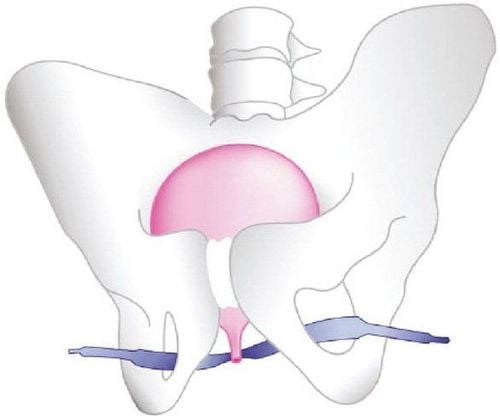
5. Factors to consider when choosing surgery
When deciding on a surgical method to treat urinary incontinence, the doctor will consider choosing the right type of surgery depending on the following factors:How much the disease affects the patient's quality of life . Age. Plan to have children in the future. Current lifestyle. Pelvic floor - pelvic floor pathology combined. Medical history (if you have had radiation therapy for pelvic cancer or had surgery to treat urinary incontinence). General health status. Causes of urinary incontinence. You can always rest assured that before surgery, your doctor will weigh the benefits and risks of each treatment option to ensure an improved quality of life for you.
Urinary incontinence is very common, especially for women, causing extreme discomfort and shame, and can seriously affect quality of life. However, this is a disease that can be completely overcome. To avoid this unnecessary trouble, you should boldly talk directly with a specialist about the symptoms of urinary incontinence (urinary incontinence) that you are experiencing for appropriate and effective treatment. the most optimal results, completely eliminating this inconvenience.
Please dial HOTLINE for more information or register for an appointment HERE. Download MyVinmec app to make appointments faster and to manage your bookings easily.
Articles refer to the source Acog.org





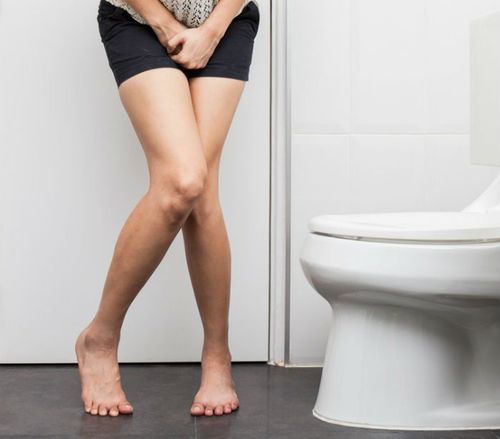
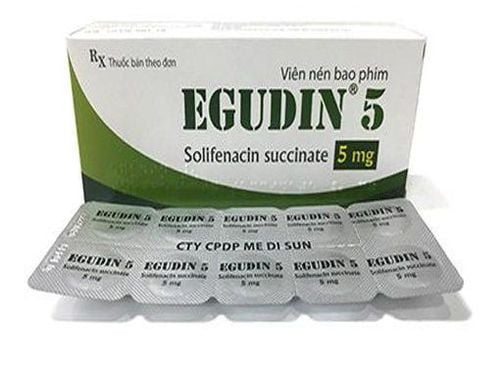
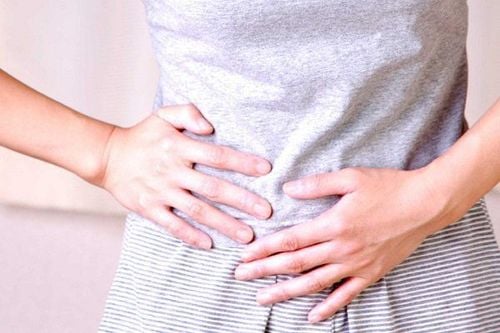
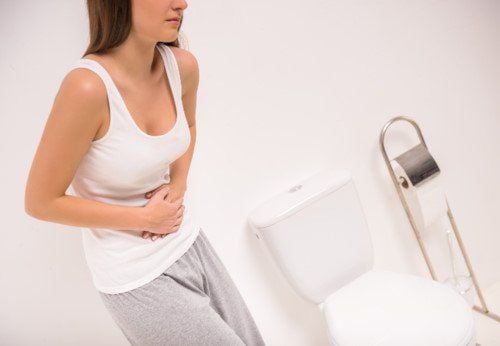
![[Video] Urinary tract disorders](/static/uploads/small_20190724_095839_507430_tiet_nieu_max_1800x1800_jpg_565f0b27ea.jpg)



